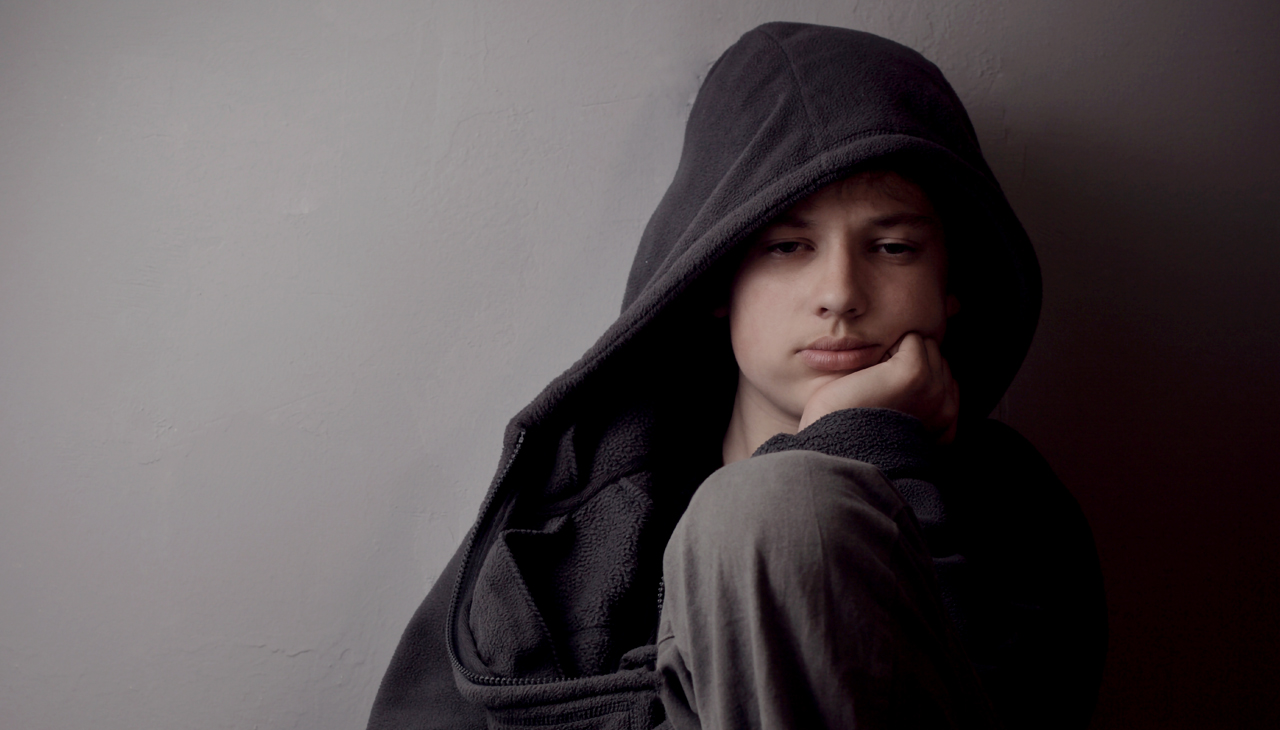
Laura Araujo and the U.S. femicide of women of color

I never met Laura Araujo. But chances are, if she had lived, she might have one day appeared in a photo on AL DÍA’s website, or in the “people” page of our print edition, which is filled with photos of the cultural, arts and social events of the city.

I never met Laura Araujo. But chances are, if she had lived, she might have one day appeared in a photo on AL DÍA’s website, or in the “people” page of our print edition, which is filled with photos of the cultural, arts and social events of the city.
Had the 23-year-old continued with the fashion design she studied at the Art Institute of Philadelphia, she might have showed at one or another of the city’s showcases for emerging designers, and we would have surely happened upon her then — and most likely interviewed the lovely, young Dominican Afro-Latina, because we like to focus attention on those who embody the promise and potential of our community.
Laura’s c.v. showed lots of promise and potential: numerous fashion-related best-of awards; volunteer work teaching English as a Second Language at Kensington’s Providence Center; outreach to young people in the southern United States as part of a Christian youth group.
Instead, the first time I saw Laura was in the LinkedIn photo all of the news media organizations in the city have used since her body was discovered on 3rd and Susquehanna streets in North Philadelphia.
The details are gruesome. Laura died of strangulation and blunt force trauma, and her body was placed in a trash bag, then a blanket and stuffed into duffel bag before it was dumped far from the West Philly apartment where she had recently been living.
My heart breaks for her father, a physician with a practice in Oklahoma, who says the last time he saw his daughter was during a recent family vacation in the Dominican Republic. He has repeated to the press — with the poignant and oddly weighted recall of the terribly bereaved — that Laura was methodical, and religious.
There is no getting around the enormity of tragedy when a young life is taken, no matter what the circumstance, but more so when it is in our city and when it is a crime of such cruel detail.
Still, Laura’s homicide is not unique. It is part of a pattern of violence against women in the United States.
Let’s call it what it is — femicide
We don’t tend to talk in terms of femicide when we talk about our own country, nor do we get called out by international agencies, because the overall homicide rate for women hovers between 2 and 3 deaths per 100,000 people — not the best, but certainly not the worst in the world.
Except, the overall low rate is a comforting deception.
According to the May 2013 report released by HHS, the CDC and the National Center for Health Statistics, the 2010 homicide rate for Black women in the United States is much, much higher:
- 7.5 per 100,000 for African-American girls and young women ages 15-24;
- 7.4 for African-American women ages 25-44.
That puts us on par with the femicide rate of Honduras, and well into what the Small Arms Survey Research Notes of 2012 (from the Graduate Institute of International and Development Studies in Geneva) terms a “very high” national incidence.
By comparison, the 2010 U.S. homicide rate for women of other races of comparable age groups is substantially lower:
- 4.7 for American Indian women ages 25-44 (there is not enough data to reliably track a rate for the 15-24 age group);
- 2.6 for Latina girls and young women ages 15-24;
- 2.5 for Latina women ages 24-44;
- 2.4 for white women ages 25-44;
- 1.8 for white girls and young women ages 15-24;
- 1.3 for Asian-American women 25-44 (there is not enough data to reliably track a rate for the 15-24 age group).
Homicide ranks eighth in the 10 leading causes of death for all African-American women in the United States, and the rate of homicide with all of the age groups factored-in is 5.0 per 100,000 — a “high” incidence, according the Small Arms Survey, one that puts us on par with Belize and worse off than Kazakhstan, Brazil, Estonia and the Dominican Republic.
Although poverty, ready availability of guns and across-the-board high homicide rates are all factors contributing to elevated femicide rates, every high level discussion on the subject stresses that violence against women must be understood as structural and systemic rather than be considered isolated incidents of violence. Femicides “represent the ultimate act of violence which is experienced in a continuum of violence,” said Rashida Manjoo, special rapporteur on violence against women, when she addressed the U.N. Human Rights Council in June 2012.
What is a life worth?
A person of interest is in custody for the Laura Araujo case. Early reports claim that the “motive” for horrific crime may have been robbery. Even if this proves to be the case, we cannot ignore that this young Afro-Latina’s life was worth so little in her killer’s understanding of society that he was willing to snuff it out for money. How many dollars would she have had to fork over to him to convince him to let her live?
In the United States, lethal violence against Black women reflects not only structural misogynism, as it does in most countries with a femicide problem, but structural racism as well. The lives of Black men and women in the United States are cheap, the homicide statistics tell us, and the lives of young Black women are valued least of all.
This is no news to African-American women. Black feminists like Mikki Kendall have long called attention to the violence directed specifically at Black women in the United States. So have a handful of Latina feminists — Bad Dominicana, Aura Bogado and Alexa Chula (“La Gran Tirana”) — though colorism and racism within our own community has contributed to our being part of the complicit majority turning a blind eye to what happens to young Black women in our neighborhoods and cities.
“Settings with particularly high femicide rates,” the Small Arms Survey reports, “also exhibit ... criminal justice systems (that) tend to be inefficient and lack the resources — or political will — needed to fully investigate and prosecute femicide cases.”
Some countries faced with a rising femicide rate have instituted special femicide laws. Chile did, in 2010, stipulating that the sentences for femicide would be more severe than the five to 20 years for homicide. Perhaps we should consider something like this as well, specifically tied to the killing of Black women, whose femicide rate puts us among the worst femicide offenders in the world.
Punitive measures can never be anything but a stop-gap, however, and what we really have to commit to are efforts to eradicate poverty and to address systemic racism both nationally and locally. We must hold accountable law enforcement agencies, which too often criminalize even victims of color, and our judicial system, which too often exonerates, convicts, sentences and rules based on the skin color it purports not to notice.
Most immediately, at the grassroots level, we must join with the African-American and Afro-Latinas in our own neighborhoods in efforts to eradicate the violence and crime that impacts them disproportionally. One organization in Philadelphia that actively fosters this is Handbags 4 Peace. Established by an African-American woman in early 2014 after a rash of deaths related to robberies, Handbags 4 Peace has as its mission to see women stand together to work against violence.
Every Laura Araujo is a grave loss for every one of us. Every Laura Araujo is a grave reminder. We cannot call for justice and rally for the eradication of femicide in other countries without working on addressing our own, here, first.
Correction: The earlier version of this incorrectly listed the race of the person in custody as white. Jeremiah Jakson is Black, and according to a Philly.com report, attempted suicide while in custody.









LEAVE A COMMENT:
Join the discussion! Leave a comment.